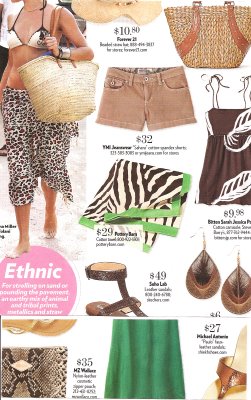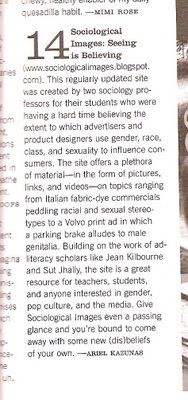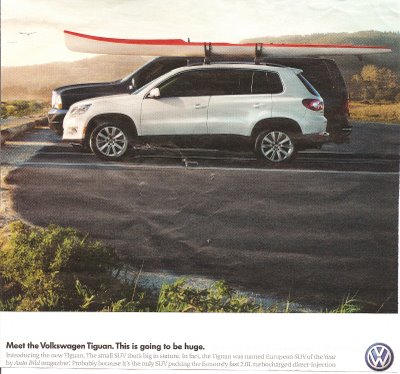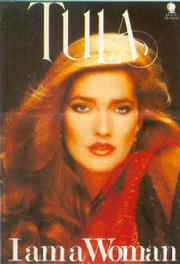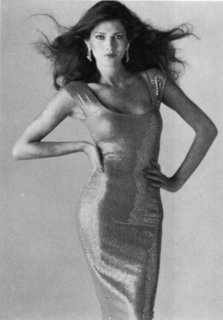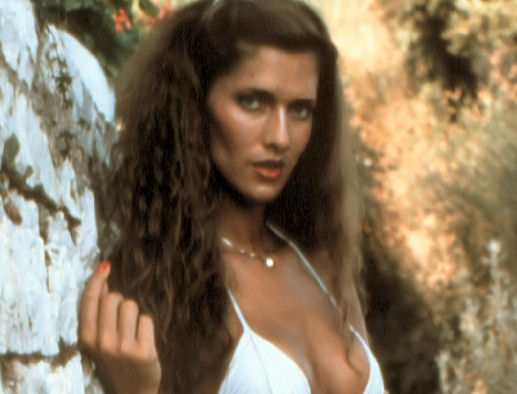As you may recall, we’re now occasionally adding to previous posts instead of creating new ones. Below is a list of our newly enriched posts for your perusal. Look for the bold, red “NEW.”
But first!
Ongoings that have been going on at Sociological Images:
Out of gratitude for your support, I put together a new page in which we link back to those of you who are linking to us. Please feel free to peruse those of us who find us link-worthy and, if you link to us and don’t find yourself on our list, please send an email to socimages@thesocietypages.org.
I was honored that Racialicious asked to republish my post on the anti-female genital cutting ads. I mention it here because it’s worth a look to see how differently my commentary was received on this versus that blog. It might make for an interesting discussion about audience and positionality.
You might like to know that Sociological Images was “news” in Iceland! Our post of an Icelandic cartoon featuring Barack Obama and Hillary Clinton caused quite the stir in the comments thread (a fascinating sociological phenomenon in its own right) and an Icelandic newspaper thought it worthy of coverage and commentary. (FYI: We personally think “news” is overstating our relevance to current events… but who are we to judge!)
And now!
Our enriched posts:
For context, we added a Wonder Woman comic book cover in which she claims to be “helpless” and uses her sexuality as a weapon to our post of a satirical Wonder Woman comic strip. Thanks to Brady for the link!
It turns out the pseudo-feminist rescuing of women from the drugeries of housework without actually allowing them to opt out isn’t anything new.
Toph sent us a second Canadian Club ad that we added to this post illustrating hegemonic masculinity. The second ad is useful for demonstrating the sexual double standard.
To our post about the way in which women were made to personify STDs during World War II, we added another poster, a matchbook, and a fascinating pamphlet that was passed out to soldiers. The pamphlet features “Gonnie” and “Syph,” two “gals” who “travel around arm-in-arm with ‘easy’ women.” All were submitted by Marc. Yay!
If you enjoy our posts about the social construction of girlhood, you’ll enjoy the two T-shirts we added to this post that have sayings that depict little girls as future spoiled divas (scroll down). Sent in by aa bb. Thanks!
Craig T. sent in a Nestle Quick ad that we added to our post on “subliminal” sex in advertising (scroll down a ways). Thanks Craig!
We added a second example to this post about the way in which “scoring” with women is equated with success at sports.
A recent PETA protest included women in bikinis posed as “chicks” in cages. We added the image to our post about the way in which PETA sacrifies the humanity of women and men in order to save animals. Is it too strong to say that PETA “sacrifies the humanity” of men and women? I’m not sure. Isn’t that what objectification is? And what does it mean when they dress women up as animals and put them in cages? It’s your call. Visit the post (scroll about halfway down). Found thanks to Feministing.
Meghan B. sent us another Svedka fembot ad. This one calls for us to “support socialized plastic surgery” and features a grossly disproportionate “robot” version of an idealized female body.
If you “enjoy” Axe ads, check out our newest one here, sent it by Krystal-Lynn M.
To this post about the use of spread legs as a repetitive design motif, we added this very different image of Michelle Obama as seen through Barack Obama’s legs… a very interesting comparison!
We added a second commercial in the Carl’s Jr. it’s-hot-to-be-covered-in-condiments theme to the x-rated Paris Hilton one. This one involves eating a hamburger while on a mechanical bull. Sexily, of course.
As if we didn’t have enough on the conflation of hot women with hot food, we added a commercial for Pot Noodle in which the woman literally becomes noodles to one of our posts on the sexualization of food. We also added a coffee ad from the Netherlands to this post about gender and food (you gotta scroll way down for that one). Thanks to Penny for that last one!
We added three more ads to this post about gender and “meanness” in car ads. They are useful for illustrating, as Gwen points out, “that advertisers have many different motifs and meanings to draw from when creating marketing strategies, and that the ones they pick are just that–CHOICES among many, many different ways you could advertise a product, none of which are necessarily more ‘obvious’ or ‘natural’ than others.”

